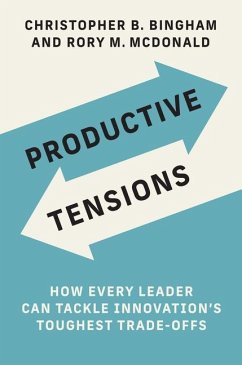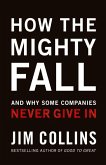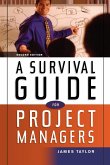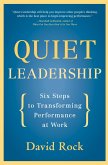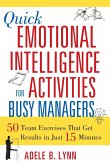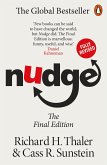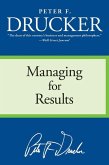How leaders can recast innovation s toughest trade-offs efficiency vs. flexibility, consistency vs. change, product vs purpose as productive tensions.
Why is leading innovation in today s dynamic business environment so distressingly hit-or-miss? More than 90 percent of high-potential ventures don t reach their projected targets. Surveys show that 80 percent of executives consider innovation crucial to their growth strategy, but only 6 percent are satisfied with their innovation performance. Should leaders aim for Steve Jobs-level genius, shower their projects with resources, or lean in to luck and embrace uncertainty? None of the above, say Christopher Bingham and Rory McDonald.
Drawing on cutting-edge research and probing interviews with hundreds of leaders across three continents, in Productive Tensions Bingham and McDonald find that the most effective leaders and successful innovators embrace the tensions that arise from competing aims: efficiency or flexibility? consistency or change? product or purpose? Bingham and McDonald spotlight eight critical tensions that every innovator must master, and they spell out, with dozens of detailed examples of both success and failure, how to navigate them. How do you excite customers about a product they ve never imagined? When is it wise to accept what the data is telling you, and when should you ignore the data and plow forward anyway? How can you maintain stakeholders trust and support during radical unforeseen course corrections? Bingham and McDonald guide readers through innovation s thorniest tensions, using examples drawn from the experience of organizations as varied as P&G, Instagram, the US military, Honda, In-N-Out Burger, Slack, Under Armour, and the snowboarding company Burton.
Hinweis: Dieser Artikel kann nur an eine deutsche Lieferadresse ausgeliefert werden.
Why is leading innovation in today s dynamic business environment so distressingly hit-or-miss? More than 90 percent of high-potential ventures don t reach their projected targets. Surveys show that 80 percent of executives consider innovation crucial to their growth strategy, but only 6 percent are satisfied with their innovation performance. Should leaders aim for Steve Jobs-level genius, shower their projects with resources, or lean in to luck and embrace uncertainty? None of the above, say Christopher Bingham and Rory McDonald.
Drawing on cutting-edge research and probing interviews with hundreds of leaders across three continents, in Productive Tensions Bingham and McDonald find that the most effective leaders and successful innovators embrace the tensions that arise from competing aims: efficiency or flexibility? consistency or change? product or purpose? Bingham and McDonald spotlight eight critical tensions that every innovator must master, and they spell out, with dozens of detailed examples of both success and failure, how to navigate them. How do you excite customers about a product they ve never imagined? When is it wise to accept what the data is telling you, and when should you ignore the data and plow forward anyway? How can you maintain stakeholders trust and support during radical unforeseen course corrections? Bingham and McDonald guide readers through innovation s thorniest tensions, using examples drawn from the experience of organizations as varied as P&G, Instagram, the US military, Honda, In-N-Out Burger, Slack, Under Armour, and the snowboarding company Burton.
Hinweis: Dieser Artikel kann nur an eine deutsche Lieferadresse ausgeliefert werden.
"Based on research and interviews, the authors explain that the tensions inherent in innovation are continuous instabilities that arise from competing aims: efficiency or flexibility? Consistency or change? Product or purpose? The writers offer practical solutions to effectively manage each tension and better navigate the changing nature of businesses characterised by novelty and uncertainty...The model offered in the book simplifies challenges associated with creating new products and services. The main message is to work smarter, by anticipating the tensions that will arise and facing them head on, thus reducing the risk of having to halt innovation efforts and better position the organisation to overcome complexity."
the Financial Times
the Financial Times

